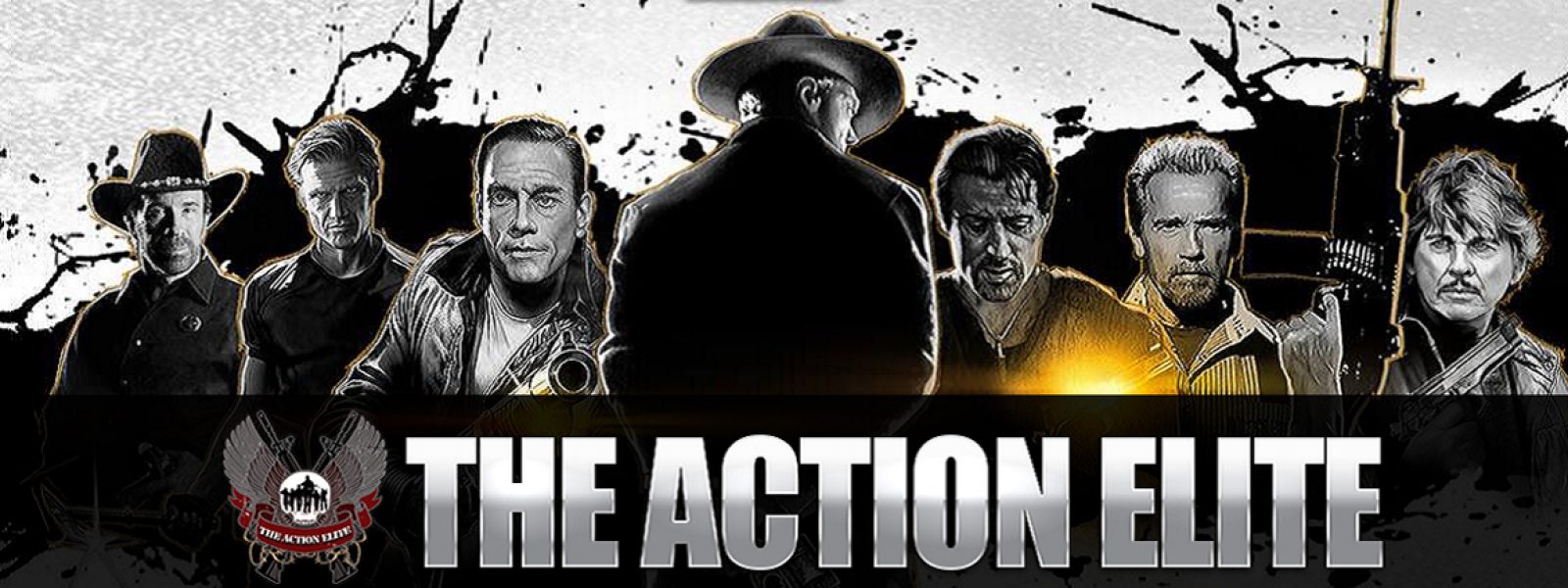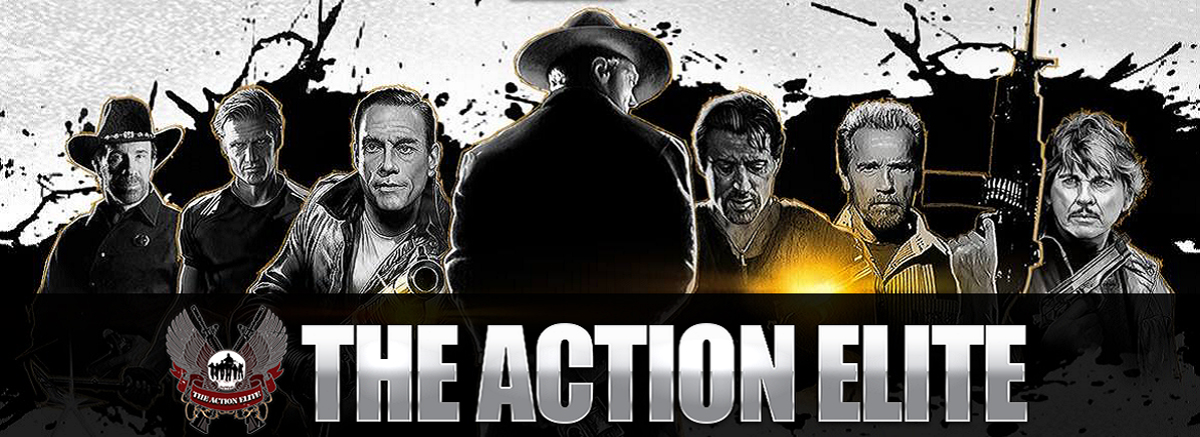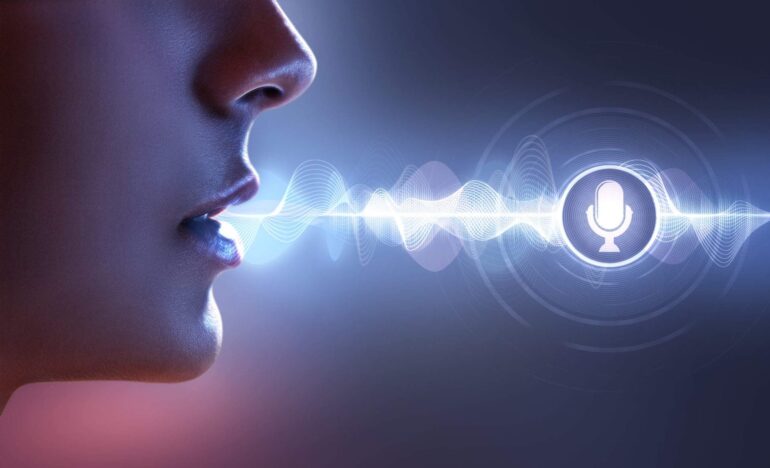Imagine you want to start a YouTube channel. Maybe it’s animated stories, explainer videos, or fun characters that talk. But then reality sets in: Who’s going to do all the voices? Hiring actors is expensive, and recording everything yourself takes time. That’s where voice cloning comes in.
This technology lets you create digital versions of voices that sound natural, expressive, and full of personality. Suddenly, your cartoon animals can talk, your stories can sing, and your projects feel alive without endless recording sessions.
In this article, we’ll break down what voice cloning is, how it works, its benefits, who it’s for, and why it’s transforming content creation for everyone from YouTubers to educators.
What Is Voice Cloning?
Voice cloning is an advanced branch of AI and machine learning that generates synthetic speech designed to mimic the tone, pitch, and inflections of real human voices. Instead of generic robotic text-to-speech, it produces natural, human-like narration.
You can use it to replicate a specific individual’s voice (with consent) or create brand-new voices that sound realistic but are completely artificial. Specialized tools even generate childlike voices for kids’ content, perfect for animations, storytelling, and educational apps.
How Does Voice Cloning Work?
At its core, voice cloning relies on deep learning models trained on speech data. These neural networks analyze recordings to capture the unique characteristics of a voice. For instance, its pitch, rhythm, and quirks.
Some platforms can build a convincing cloned voice from just a few minutes of high-quality audio. Others offer pre-built, lifelike voices that don’t belong to any real person but still sound authentic.
In both cases, creators simply type a script, and the AI instantly generates speech in the chosen voice. No studios. No re-recordings. Just text in, voice out.
Benefits of Using Voice Cloning
Beyond being futuristic, voice cloning solves real-world challenges for creators, educators, and businesses.
- Endless Creativity Without Limitations
You can bring multiple characters to life instantly without hiring a full cast of actors.
- Time and Cost Efficiency
Skip costly studio sessions and repeat recordings. Voices are generated from text in seconds.
- Overcoming Creative Blocks
Need inspiration? AI-generated voices can spark new storylines, tones, and character ideas.
- Scalable Production
Whether you need a few lines or hundreds of voices across projects, AI can scale effortlessly.
- Consistency
Unlike human voices, which may change over time, cloned voices remain identical across episodes, ads, or campaigns.
Who Is Voice Cloning For?
Voice cloning is a versatile tool that fits into the workflow of all kinds of creators. Content Creators & YouTubers can use AI voice cloning to supercharge their production process. Think animated kids’ shows, storytime channels, or fun explainers. Instead of hiring multiple actors, they can generate a full cast of voices instantly, keeping content fresh and engaging.
Filmmakers & Animators also benefit from voice cloning. It’s a game-changer for testing dialogue or generating scratch tracks during the editing process. This means they can experiment with tone, pacing, and delivery before bringing in final voice actors, saving both time and budget.
For educators, voice cloning makes lessons far more interactive. A math lesson can have a cheerful helper character explaining concepts, or a history lesson might feature multiple “voices from the past,” giving students a richer learning experience.
Marketers targeting families or kids can tap into cheerful, relatable voices to give their campaigns more emotional pull. Imagine a commercial narrated by a playful childlike voice. It instantly feels warmer and more personal.
Lastly, storytellers of all kinds, authors, podcasters, or creators in interactive media, can breathe life into their characters by testing different voices. This flexibility helps refine personalities and create more immersive experiences for their audiences.
Ethical Considerations in Voice Cloning
While the technology is powerful, it comes with responsibility. Cloning should never be used to mislead, impersonate, or exploit. Transparency matters. Audiences deserve to know when voices are AI-generated.
With kids’ voices especially, responsible use means avoiding real-child replicas and sticking to safe, generic AI voices. Used ethically, the tech is a tool for creativity, not manipulation.
The Future of Voice Cloning
Voice cloning is only going to get better. As AI advances, voices will become even more realistic, customizable, and emotionally expressive, unlocking new opportunities across entertainment, education, and marketing.
But with this realism comes responsibility. Adoption will depend on strict ethical guidelines, transparent usage, and robust security. When handled carefully, voice cloning has the power to reshape how we tell stories, teach, and connect with audiences.
Wrapping Up
Voice cloning is opening up a whole new world for creators. Whether you’re starting a YouTube channel, animating a short film, producing ads, or building educational tools, AI-generated voices can save time, cut costs, and boost creativity.
The best part? You don’t need to be a tech expert. With the right platform, all you need is a script. And your characters can start talking in minutes. For modern storytellers and brands, voice cloning is quickly becoming a must-have tool in the creative toolkit.






